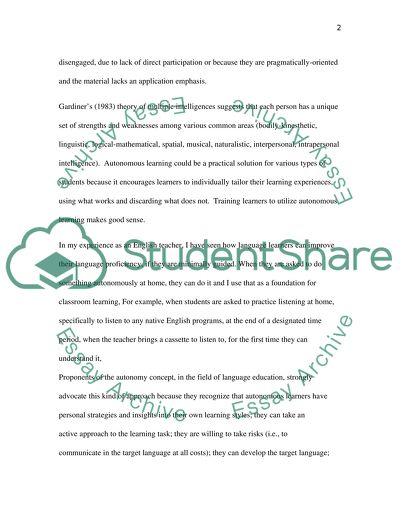Cite this document
(“The Role of Autonomous Learner in Improving his English Language Thesis Proposal”, n.d.)
Retrieved from https://studentshare.org/health-sciences-medicine/1421846-the-role-of-autonomous-learner-in-improving-his
Retrieved from https://studentshare.org/health-sciences-medicine/1421846-the-role-of-autonomous-learner-in-improving-his
(The Role of Autonomous Learner in Improving His English Language Thesis Proposal)
https://studentshare.org/health-sciences-medicine/1421846-the-role-of-autonomous-learner-in-improving-his.
https://studentshare.org/health-sciences-medicine/1421846-the-role-of-autonomous-learner-in-improving-his.
“The Role of Autonomous Learner in Improving His English Language Thesis Proposal”, n.d. https://studentshare.org/health-sciences-medicine/1421846-the-role-of-autonomous-learner-in-improving-his.


